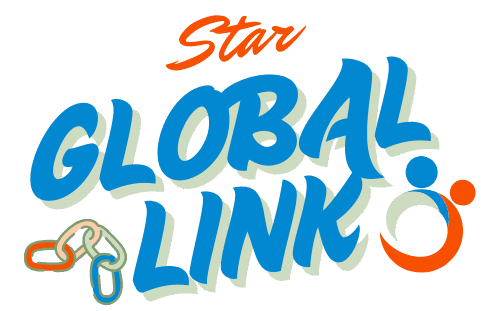There is a debate regarding who owns all rights related to the content that was at least partially created from Artificial Intelligence. This could involve an Large Language Model (LLM) like OpenAI’s ChatGPT Microsoft’s Bing LLM, and Google’s Bard or an AI image generator, such as OpenAI DALL-E 2 or DeepAI.
Although there isn’t a simple answer, the main point is that there is danger in the creation of AI-driven content. As much of your personal creative flair which you incorporate into this content greater the chance of issues with copyright caused by the use of AI can be reduced. However, there are other issues that arise from the use of these tools. Any queries you make to create the content will be public and you won’t have any privacy rights in these queries.
The ideal scenario is, you don’t utilize these tools and produce your entire content on your own. This eliminates all privacy and copyright issues. However, if you have to employ these tools, you must add as the most of your personal creativity and additional work into your final work as much as possible.
The law governing this field is murky to put it lightly. Due to the rapid growth of AI tools as well as the question of who owns the product created by the AI makers is a vast question that no one can be certain about. Based on similar cases and information of the Copyright Office, there are some guidelines you can follow to ensure you’re not getting completely off course and creating more risky content than you’re at ease with.
It is what percentage of AI-generated content you’re making use of without any human input. If you have more personal human input included in the process the safer it will be able to publish your work.
Table of Contents
Do AI Generators Learn
Let’s get started with the concept of AI generators and the way they learn. AI generators AI generators (ChatGPT, Bing, etc.) are “taught” by examining the vast quantity of data, and then learning patterns within those data. This huge volume of data is referred to as”a “data lakes,” which is likely to contain many copied materials. You may have heard that taking a protected work and creating another work using this (think of creating a new movie that is based on Star Wars) Star Wars universe) is known as an “derivative work” and is covered by copyright.
If you’re making an AI tool a question, and then copying and pasting the response (or the created art) it is possible that there will be issues with copyright owners. There are some cases circulating through the system currently from copyright owners who are suing AI generators who “learned” from their protected work. The most prominent copyright owners that you might have been aware of is Getty which holds the rights to an enormous collection of images. Getty is suing the makers of the AI images generator Stable Diffusion (Getty Images (US) Inc v. Stability AI Inc, U.S. District Court for the District of Delaware (No. 1:23-cv-0135) for violating the copyright rights of Getty in the images, and for generating derivative works based on these images.
AI Generated Content Use
Based on that, the main point of these safeguards is that it boils down to how much AI generated content you’re employing. The rule of thumb in the Copyright office currently is that work produced by anyone other than humans are not eligible for registration under copyright protection. For instance, a photo that a monkey takes cannot be registered for copyright safeguards (see Naruto v. David John Slater (No. 16-15469 (9th Cir. 2018)). However, as mentioned above there could be copyright rights derivative to the original that are relevant to the use of an AI-generated image, which was made from protected material.
If you’re merely employing AI-generated content, consider using AI-generated words and then edit them to ensure that the original AI-generated content was used only as a framework to create the copy. An analogy for this could be to think of AI-generated text as the frame of a home however, you can change and modify the layout inside and wall colors separately. Modify tones and the tenor of the material and also alter structures of text to suit the particular situation. For artwork, you could utilize a corpus from the AI-generated material to spark ideas for the work that is published, but try to refrain from using AI-generated content and create the final image as much as feasible.
Confidentiality of AI Generated Content
And, perhaps as crucially, most AI-generated content is created based on user-generated queries that do not remain as confidential. There’s an interesting case from New York where a lawyer employed ChatGPT to conduct his research and create an application to the court. The citations ChatGPT employed for its research proved to be incorrect and resulted in sanctions for the attorney. Also, the questions and directions the lawyer consulted were publically available. If you’re publishing details or information you wish to keep private until the date of publication, this is important to keep this in mind.
In conclusion, there is the vast majority of information we don’t know about the ownership of AI-generated content. Certain of the issues that we’re facing in this space will be addressed by courts in the near future However, we can use the information we have at hand to limit the risks today.
If you have questions about AI generated content or any other intellectual property issues, please contact Dan Blakeslee or another member of our Intellectual Property team at Brown Winick. We’re here to provide an expert legal opinion and help with any problem that involves difficult and unique issues.

